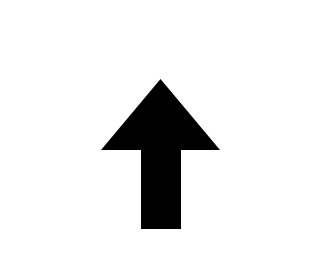Berdejo, Carlos and Chen, Daniel L. (2017)
Electoral cycles among U.S. courts of appeals judges.
Journal of Law and Economics, vol. 60 (n° 3).
pp. 479-496.
(2017)
Electoral cycles among U.S. courts of appeals judges.
Journal of Law and Economics, vol. 60 (n° 3).
pp. 479-496.
This is the latest version of this item.
Preview |
Text
Download (456kB) | Preview |
Abstract
We find field evidence for what experimental studies have documented regarding the contexts and characteristics that make individuals more susceptible to priming. Just before U.S. Presidential elections, judges on the U.S. Courts of Appeals double the rate at which they dissent and vote along partisan lines. Increases are accentuated for judges with less experience and in ideologically polarized environments. During periods of national reconciliation—wartime, for example—judges suppress dissents, again, especially by judges with less experience and in ideologically polarized environments. We show the dissent rate increases gradually from 6% to nearly 12% in the quarter before an election and returns immediately to 6% after the election. That highly experienced professionals making common law precedent can be politically primed raises questions about the perceived impartiality of the judiciary. We cannot rule out the possibility that judges—who profess to be unbiased—are intentionally biased, which also raises the question of intentional bias of professionals who claim to be unbiased.
| Item Type: | Article |
|---|---|
| Language: | English |
| Date: | August 2017 |
| Refereed: | Yes |
| Place of Publication: | Chicago |
| Subjects: | B- ECONOMIE ET FINANCE |
| Divisions: | TSE-R (Toulouse) |
| Site: | UT1 |
| Date Deposited: | 22 May 2018 08:50 |
| Last Modified: | 05 Apr 2024 08:41 |
| OAI Identifier: | oai:tse-fr.eu:32424 |
| URI: | https://publications.ut-capitole.fr/id/eprint/25827 |
Available Versions of this Item
-
Electoral Cycles Among U.S. Courts of Appeals Judges. (deposited 03 Oct 2016 10:31)
- Electoral cycles among U.S. courts of appeals judges. (deposited 22 May 2018 08:50) [Currently Displayed]




 Tools
Tools Tools
Tools

